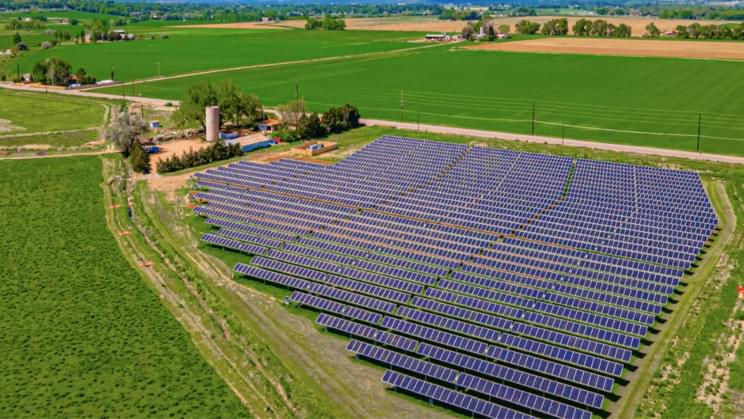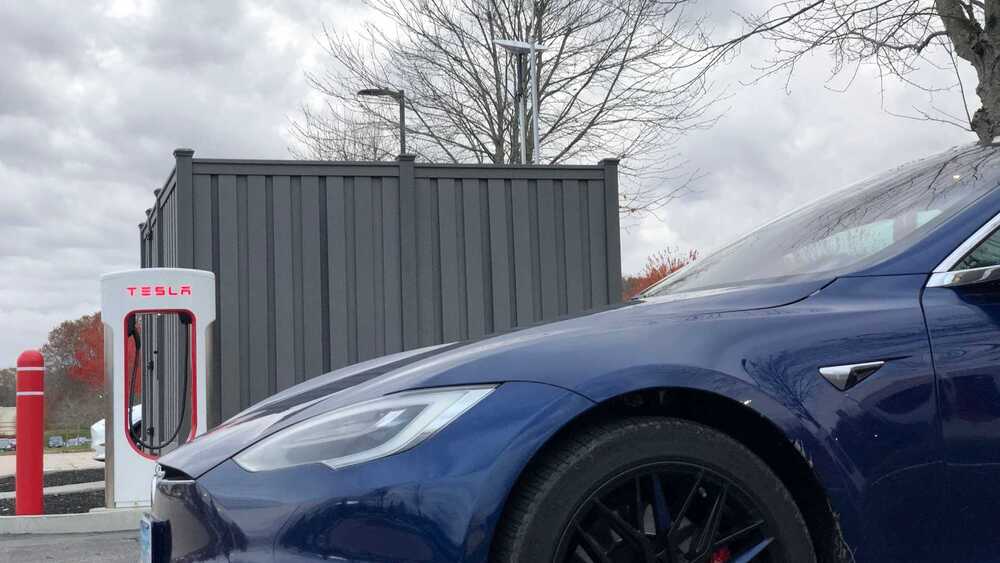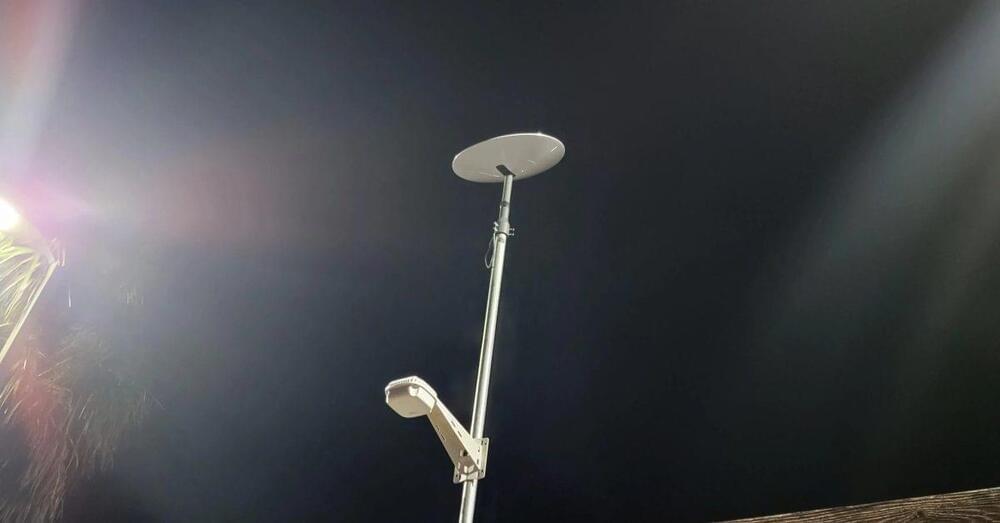This solar farm in Colorado thinks so.
The farming industry is using way too much energy both for its own and the Earth’s sake. To put it in numbers, agriculture uses approximately 21 percent of food production energy, which equals 2.2 quadrillions of kilojoules of energy each year. What’s more, about 60 percent of the energy used in agriculture goes toward gasoline, diesel, electricity, and natural gas.
That’s where agrivoltaics come in. A system where solar panels are in… See more.







